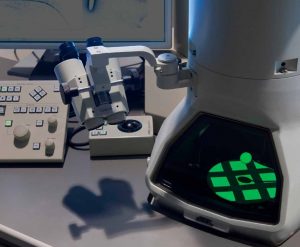A wide range of research projects have been supported by our centre over the years. Brief descriptions of projects can be found below.
Please reload the page to see a new selection of research projects.
- All
- a2020
- a2021
- a2022
- c2018
- c2019
- c2020
- c2021
- c2022

Crystal polymorphism: from chocolate to pharmaceuticals

Electrons to characterise batteries
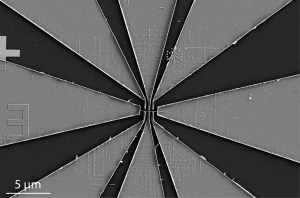
Automated control of really small things
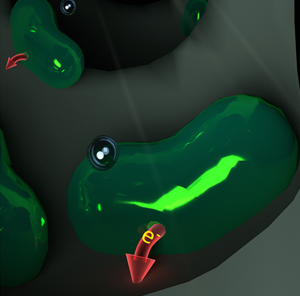
Bacteria – mini fuel-forming factories!
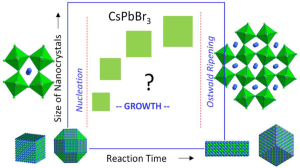
The Fine Dance Between Speed and Size: Untangling the Kinetics of Perovskite Quantum Dot Formation

Unleashing the Power of Silicon Qubits through Machine Learning
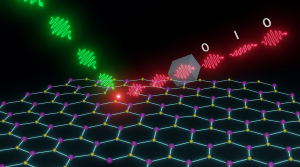
The Power of Defects: Turning Flaws into Quantum Advantage
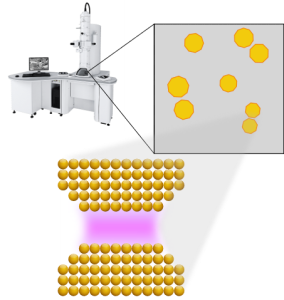
The Smallest Magnifying Glass

The Nano-World War Z is On
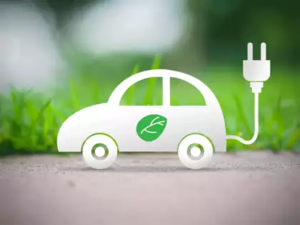
Ultralight batteries that breathe

The Alzheimer Timer…
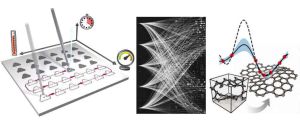
Modelling Defects in WS2 Monolayers using ML Interatomic Potentials
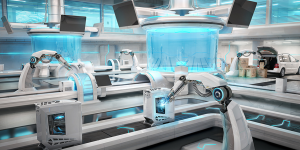
Unleashing the Power of Automation: Teaching Computers How to Build the Perfect Nanowire Device

Revealing the Quantum Dance: Unveiling Topological Insulators with Pump-Probe Microscopy

Blue Is the New White
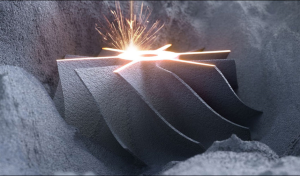
Putting the pedal to the metal: Using steel straight out of the 3D printer
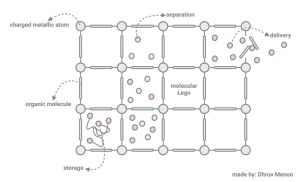
Using molecular ‘Lego’ blocks to treat pancreatic cancer
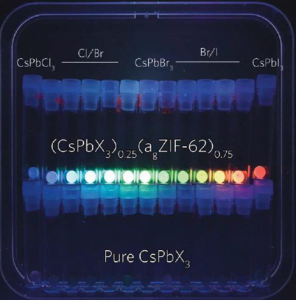
Perovskites Through the Looking Glass
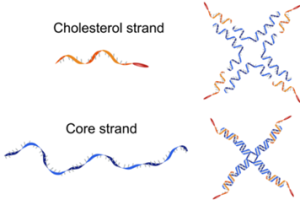
Self-replication in synthetic cells built from DNA
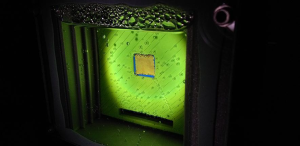
Will the artificial leaf make us god-like creatures?
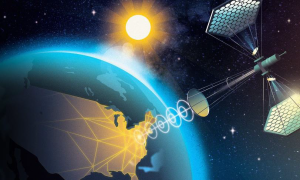
To Infinity and Beyond: Powering Space Exploration with Nanowire Solar Cells
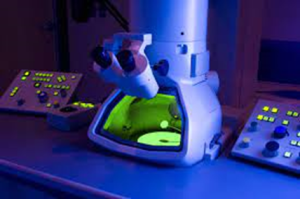
Does size matter if you can’t see it?
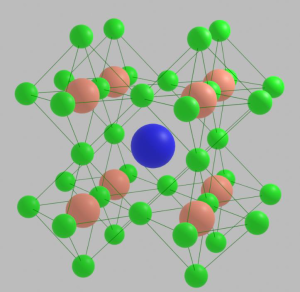
Identifying the traps in next generation solar cells
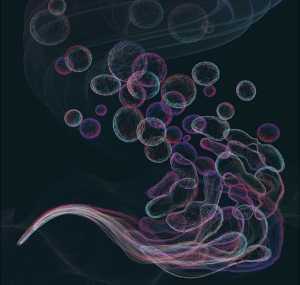
Nature’s own polymers: the solution to plastic pollution?
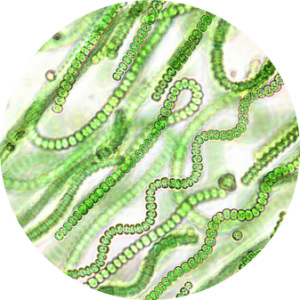
Hacking Photosynthesis
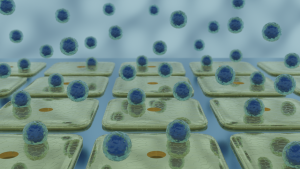
Magnetic nanostructures for the improved detection and treatment of kidney cancer
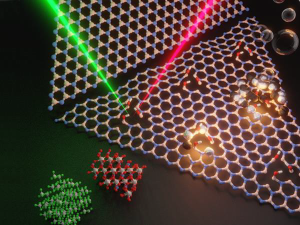
Improving communication security, one photon at a time
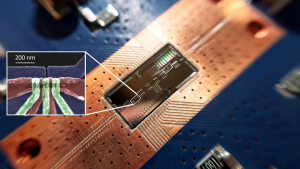
The XVI Arcanum from a Physicist’s Tarot
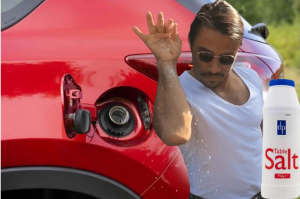
Sodium, so watt? How sea salt could power your next car (or home)!
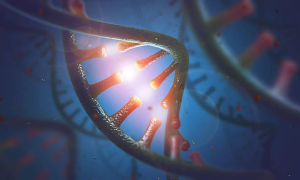
RNA-DNA Hybrids: Diagnosis and Transcriptomics

Solar batteries – Catching sunlight in a jar
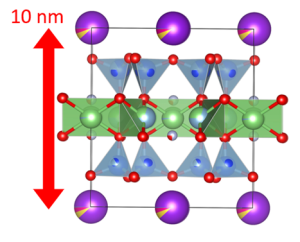
The ultimate smart device: the Brain

Combining holograms to make devices
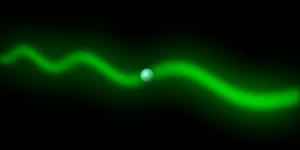
Magnesium – the rising plasmonic
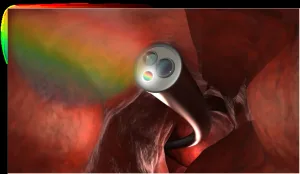
Multispectral cameras for detecting early cancer
Observing biological systems in 3D
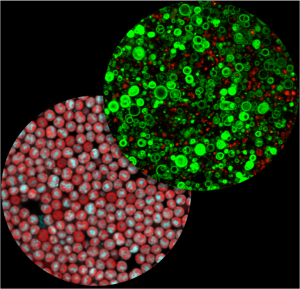
Designing and Understanding Microbes in Energy-Conversion Systems
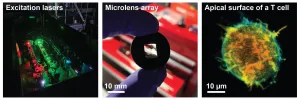
Detection efficiency of mid-infrared light
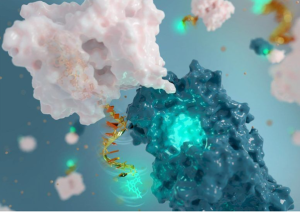
Folding DNA to trap light at the nanoscale

Harnessing the power of sunlight
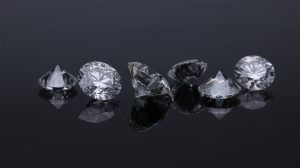
Computing on a diamond cluster

A Collaborative Approach in Tackling Dementia

Bringing Magnetism and Electricity Together
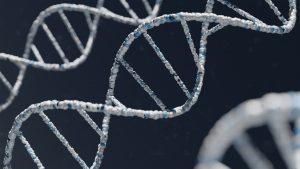
Spying and tagging cancer to attack it first!
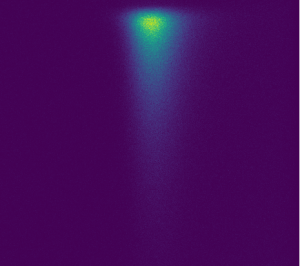
Documenting the lifespan of electrons, from birth till death

Look for the light!

Using Electronic Noise to Speed Up Machine Learning
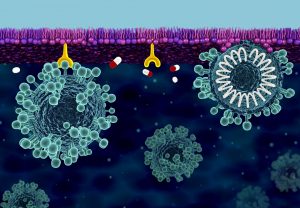
Cell Membrane-on-a-Chip for Drug Interaction Studies
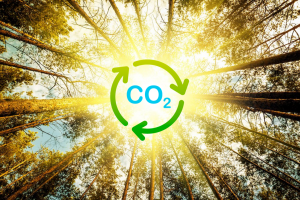
Converting CO2 into Useful Chemicals
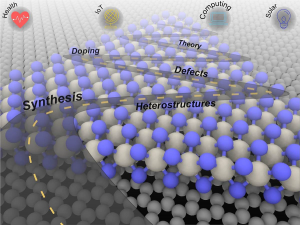
Create a world that is flat
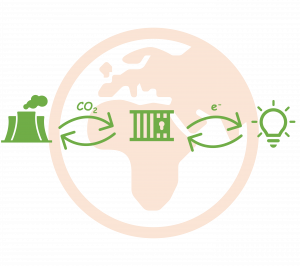
Using Supercapacitors to Capture Carbon Dioxide
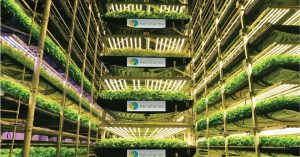
Chloroplasts: a platform for vertical biopharming

Making computers more brain-like

Sensors for Detecting Cancer Biomarkers
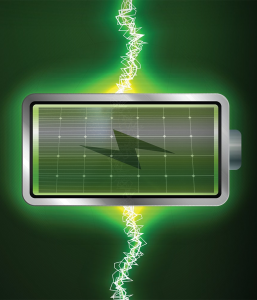
Photobatteries: Harvesting and storing solar energy at the same time!
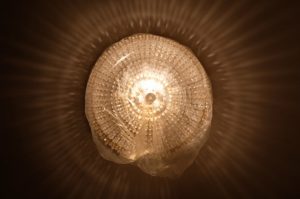
A flexible shuttle to fight intracellular infections
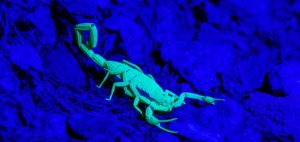
Playing with light
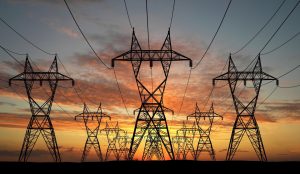
Batteries to power a sustainable future

Photoswitches with ultra-fast response times
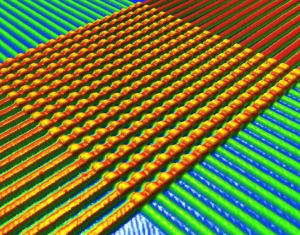
Low power memory devices
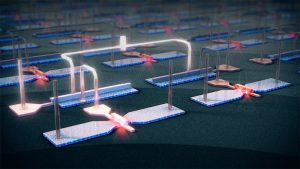
Making quantum fly – with microwaves

A new spin on electronics

Catching sunbeams
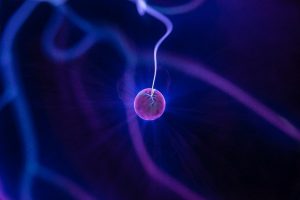
Capturing the Energy of Individual Electrons
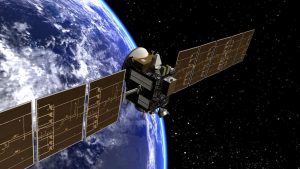
Trapping light to open up our universe
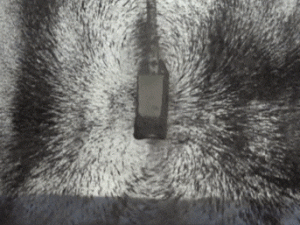
What if you could see magnetism?

A new way for brain cancer treatment
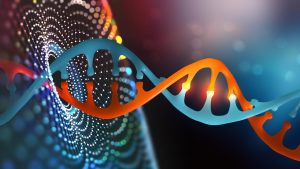
Targeting the cure for Tuberculosis: Solid-state nanopore sensing

Controlling the uncontrollable
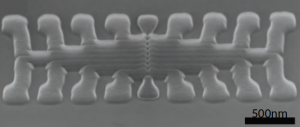
Navigating hyper-dimentional voltage space
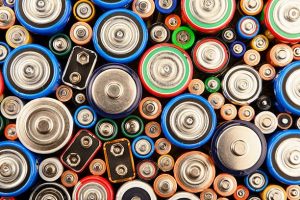
Watching what happens inside working batteries

Smart surfaces for heating and cooling buildings using only sunlight

Radically different organic energy materials
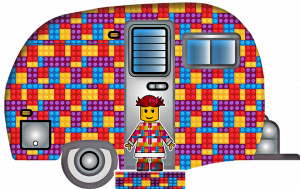
Cages for the Future – A caravan for molecules is on its way

Materials for motion
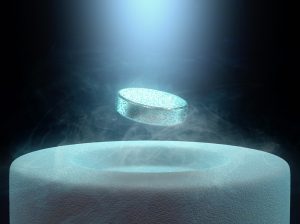
Functional Nanoelectronics and Quantum Materials
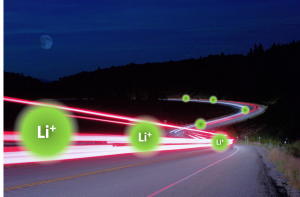
Nano-structuring of battery electrode

The future is bright for generating new light
